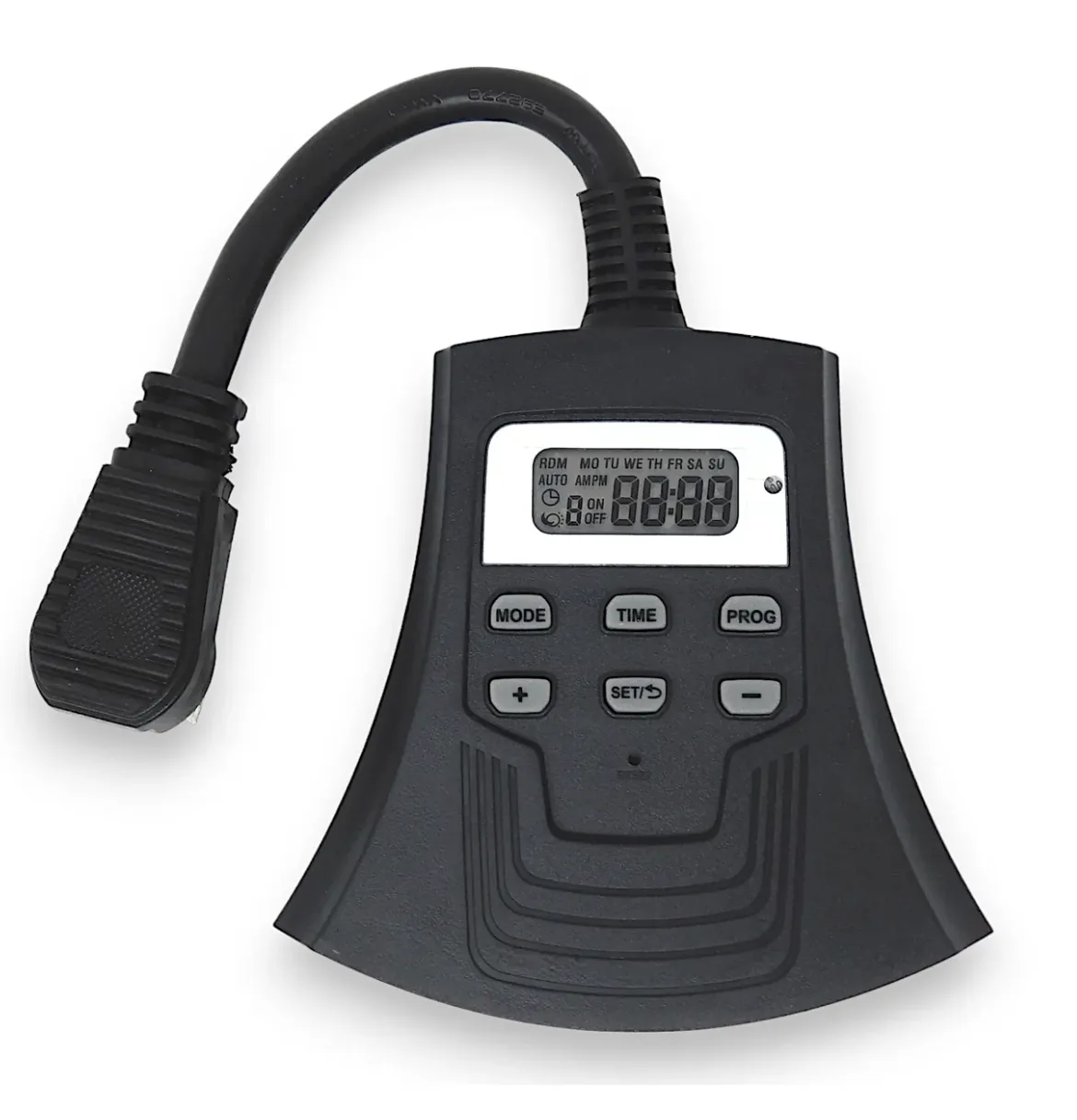Precision Control for Your Holiday Illuminations: Professional-Grade Outdoor Timers
Elevate your holiday lighting displays with our collection of professional-grade outdoor timers. These essential tools offer precise control and energy efficiency for your festive illuminations. Whether you're a professional installer or a homeowner looking to enhance your holiday decor, our range of timers provides the perfect solution for managing your lights with ease. From photo cell timers that automatically adjust to daylight changes, to digital and mechanical options offering customizable schedules, our selection ensures your displays shine at just the right times. Designed for both indoor and outdoor use, these durable timers combine convenience with reliability, helping you create magical holiday atmospheres while conserving energy. Discover how our timers can transform your lighting management and take your seasonal displays to the next level.
Timers
Photo Cell Timer
Enhance your holiday lighting control with our versatile Photo Cell Timer featuring a convenient right-angle plug. This intelligent device offers two outlets, providing flexible options for managing multiple light strings or decorations. The timer comes with a range of settings to suit your specific needs: choose between Off, On, Dusk to Dawn, or preset durations of 2, 4, 6, or 8 hours. The photo cell technology automatically detects ambient light levels, ensuring your lights turn on as darkness falls and off when daylight returns, perfect for the "Dusk to Dawn" setting. The right-angle plug design helps maximize space usage and reduces strain on your outlets. Whether you're looking to conserve energy, enhance security, or simply enjoy the convenience of automated lighting, this Photo Cell Timer is an essential tool for effortless and efficient holiday light management.
15 AMP Digital Timer
Streamline your outdoor lighting control with our efficient Mechanical Light Timer Switch Outlet. This versatile device is perfect for managing lamps, fans, garden lights, porch illumination, or holiday and Christmas displays, helping you reduce energy waste and extend the life of your decorations. The timer features customizable daily settings that you can adjust at any time, offering flexibility to match your changing needs or schedules. Built for durability, this wall-mounted timer comes with a three-prong, weatherproof design, ensuring reliable performance in various outdoor conditions. The three-switch outlet provides multiple connection options, allowing you to control several devices simultaneously. Whether you're looking to enhance security, create ambiance, or simply automate your outdoor lighting, this mechanical timer offers a user-friendly solution for effortless light management throughout the year.
Mechanical Timer
Enhance your lighting control with our versatile In/Outdoor Mechanical Timer featuring a space-saving right-angle plug. This robust device offers two outlets, allowing you to manage multiple light strings or decorations simultaneously. Designed for both indoor and outdoor use, it's perfect for holiday displays, security lighting, or everyday household needs. The 24-hour programmable cycle provides ultimate flexibility, enabling you to set precise on/off times that repeat daily. With a powerful 15-amp capacity, this timer can handle most residential lighting and small appliance loads with ease. The mechanical design ensures reliability and ease of use, with no complicated programming required. Whether you're looking to automate your Christmas lights, control patio illumination, or simply manage energy consumption, this durable and practical timer is an essential tool for efficient light management in any setting.
Frequently Asked Questions
What types of timers do you offer?
We offer a variety of timers including Photo Cell Timers with right-angle plugs, 15 AMP Digital Timers, and Mechanical Timers. Each type has unique features to suit different needs and preferences.
Are these timers suitable for outdoor use?
Yes, all of our timers are designed for both indoor and outdoor use. They are built with weatherproof features to ensure reliable performance in various outdoor conditions.
How many outlets do these timers have?
Most of our timers, including the Photo Cell Timer and the Mechanical Timer, offer two outlets. This allows you to control multiple light strings or decorations simultaneously.
What's the benefit of a Photo Cell Timer?
A Photo Cell Timer automatically detects ambient light levels, turning your lights on at dusk and off at dawn. This "Dusk to Dawn" feature provides convenient, energy-efficient operation without manual adjustments.
Can I set specific on/off times with these timers?
Yes, our timers offer programmable cycles. For instance, the Mechanical Timer has a 24-hour programmable cycle, allowing you to set precise on/off times that repeat daily. The Photo Cell Timer also offers preset durations of 2, 4, 6, or 8 hours in addition to its Dusk to Dawn setting.
Discover Expert Tips on Our Blog

Light Up the Night Expert Tips for Stunning Holiday Displays
As professional Christmas light installers, we at Christmaslights.io understand that creating a truly memorable holiday display goes beyond simply stringing up a few strands of lights. The magic lies in the artful use of different lighting patterns and effects to transform ordinary homes and businesses into winter wonderlands. In this comprehensive guide, we'll explore how to elevate your installations from good to extraordinary, using a variety of techniques and technologies.
Understanding Basic Lighting Patterns
Before diving into complex effects, it's crucial to master the basics. There are four fundamental lighting patterns that form the foundation of any great display:
1. Linear patterns: These involve straight lines of lights, often used to outline architectural features or create geometric shapes.
2. Radial patterns: Resembling a starburst, these patterns emanate from a central point, perfect for trees or circular decorations.
3. Clustered patterns: Grouping lights together creates focal points and areas of intensity in your display.
4. Random patterns: While seemingly chaotic, strategically placed random lights can add depth and interest to your overall design.
By combining these basic patterns, you can create complex and visually appealing displays that capture attention and imagination.
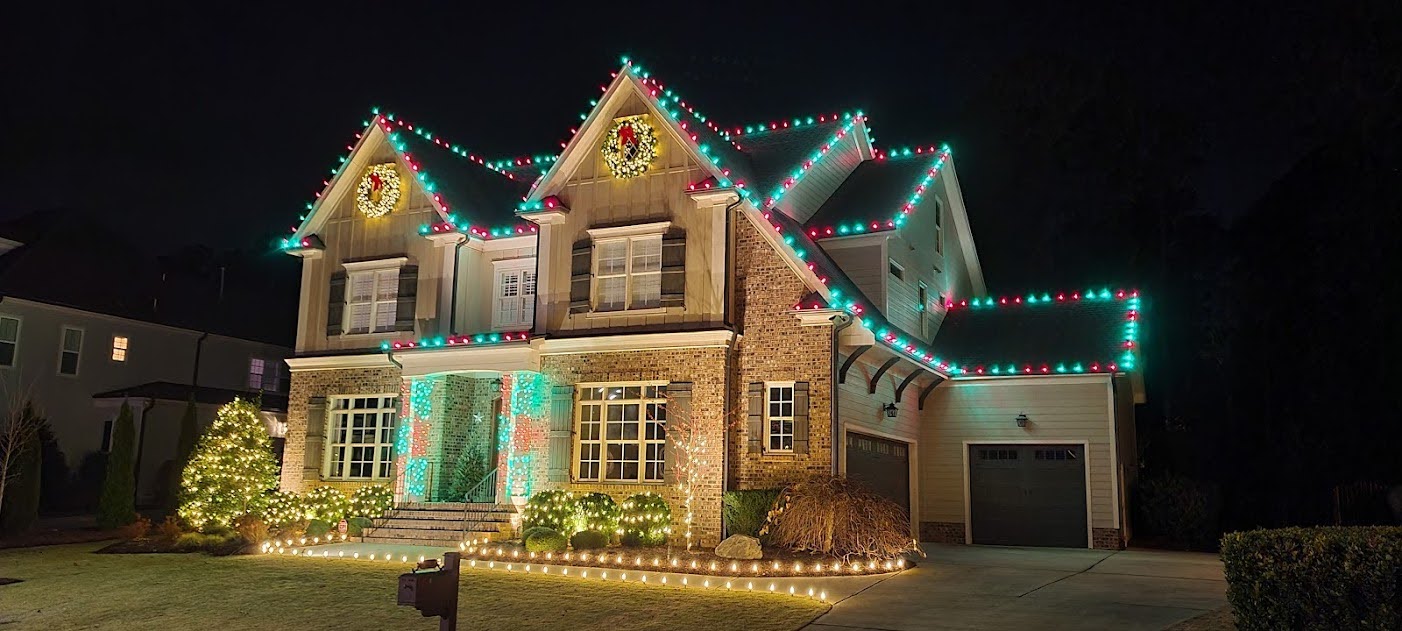
Exploring Advanced Lighting Techniques
Once you've mastered the basics, it's time to explore more advanced techniques:
Layering Lights
Layering involves using multiple types of lights at different depths to create a rich, multidimensional effect. For example, you might use string lights to outline a roofline, icicle lights along the eaves, and projector lights on the lawn. This technique adds depth and interest to your display.
Creating Depth with Foreground and Background Lighting
Use brighter, more prominent lights in the foreground and softer, subtler lighting in the background. This creates a sense of depth and makes your display more visually engaging. For instance, bright spotlights on a decorated tree in the front yard, with softer string lights on trees further back.
Using Negative Space Effectively
Remember, not every inch needs to be illuminated. Strategic use of darkness can enhance the overall impact of your lighting. Use negative space to create contrast and draw attention to key elements of your display.
Incorporating Movement and Animation
Static displays are beautiful, but adding movement can take your installation to the next level. Consider using chasing lights, fading effects, or even programmable LED systems to add dynamic elements to your design.

Popular Lighting Effects and How to Achieve Them
Let's explore some popular effects and how to create them:
1. Twinkling and chasing lights: Use specialized string lights or controllers to create a sparkling or running light effect.
2. Fading and color-changing effects: LED lights with built-in programs or smart controllers can produce smooth transitions between colors.
3. Icicle and dripping light effects: Icicle lights or specialized drip lights can create the illusion of falling snow or icicles.
4. Starburst and explosion effects: Use radial patterns with lights of varying intensity to create a burst effect.
5. Wave and ripple effects: Programmable LED strips or specialized controllers can create flowing, wave-like patterns.
Choosing the Right Lights for Different Effects
Selecting the appropriate lights is crucial for achieving your desired effects:
- String lights are versatile for outlining and filling spaces.
- Net lights work well for uniform coverage of bushes and hedges.
- Icicle and curtain lights create vertical cascading effects.
- Rope lights and flex neon are perfect for creating smooth, continuous lines.
- Projection and laser lights can cover large areas with patterns and moving effects.
- Smart lights and programmable LEDs offer the most flexibility for creating custom effects.
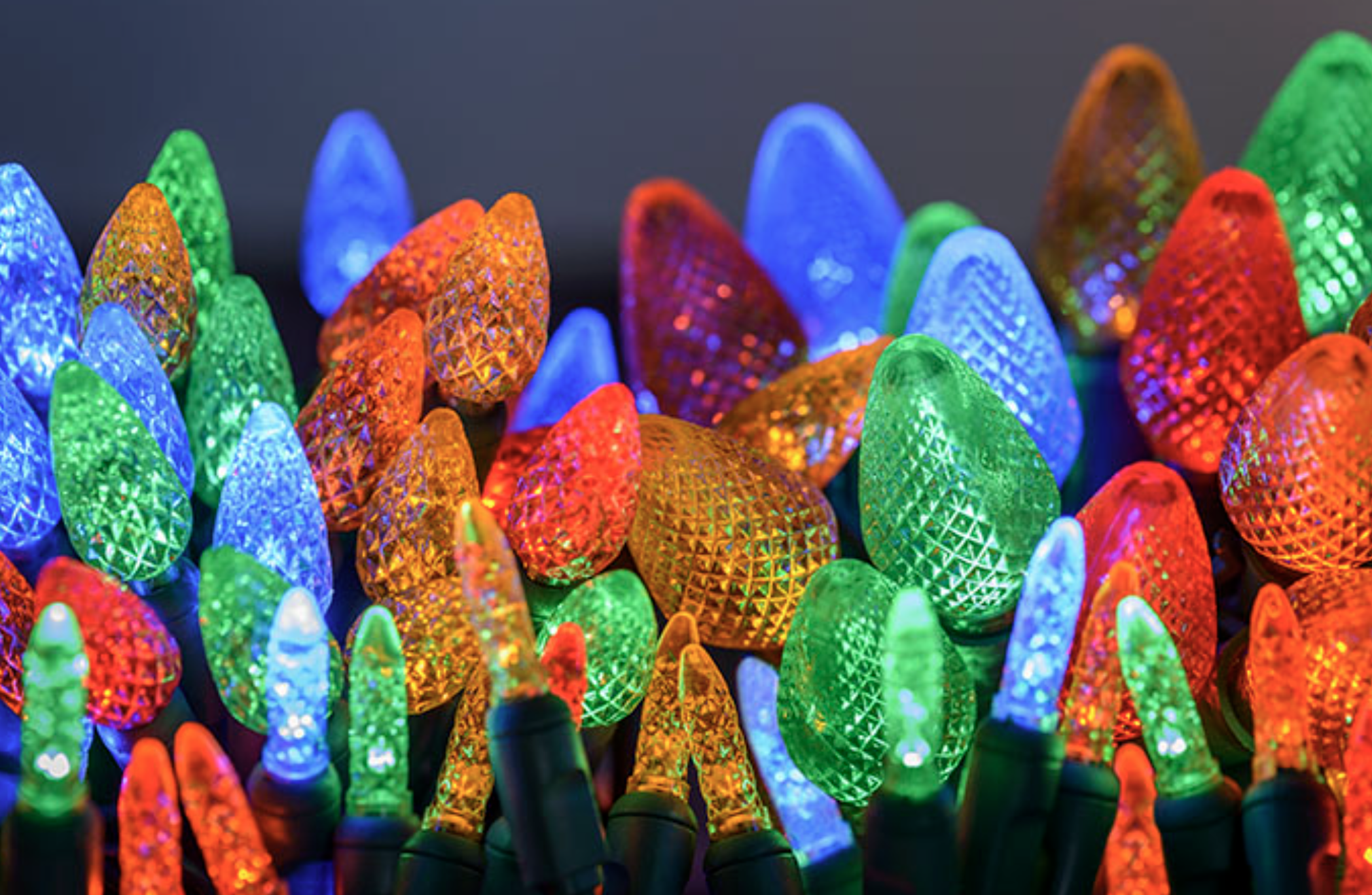
Creating Focal Points in Your Display
A well-designed display should guide the viewer's eye to key areas:
1. Highlight architectural features like columns, arches, or unique windows.
2. Emphasize trees and landscaping with uplighting or wrapped trunks and branches.
3. Create light sculptures or 3D effects using shaped wire frames covered in lights.
4. Use brighter or more colorful lights to draw attention to specific areas, like entryways or centerpiece decorations.
Balancing Different Lighting Elements
Creating a harmonious display involves balancing various elements:
1. Mix warm and cool lights to create contrast and depth. For example, combine warm white lights on a house with cool blue accents in the yard.
2. Combine static and dynamic elements. Use steady lights for the main structure and add moving elements for visual interest.
3. Integrate colored and white lights carefully. Use colored lights as accents to complement a base of white lights.
4. Blend different light sizes and intensities. Use larger, brighter bulbs for impact and smaller lights for detail work.
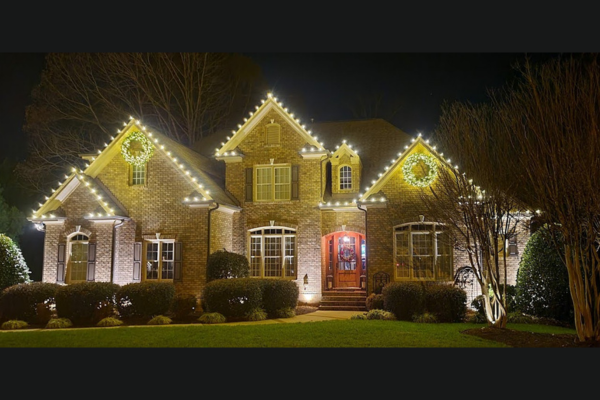
Designing for Different Home Styles
Adapt your lighting design to complement the architecture:
- Classic and traditional homes often look best with warm white lights and classic patterns.
- Modern and contemporary designs can handle bold colors and geometric lighting patterns.
- Rustic and farmhouse aesthetics pair well with warm lights and nature-inspired elements.
- Mediterranean and tropical styles can incorporate vibrant colors and playful patterns.
Technical Considerations for Complex Displays
As you create more intricate displays, keep these technical aspects in mind:
1. Power management: Calculate power requirements carefully and use appropriate extension cords and outlets.
2. Electrical safety: Always use outdoor-rated equipment and GFCI protection.
3. Weather-proofing: Ensure all connections are protected from moisture and use lights rated for outdoor use.
4. Controllers and timers: Utilize these to automate your display and create complex effects.
5. Troubleshooting: Be prepared to quickly identify and fix common issues like burnt-out bulbs or loose connections.
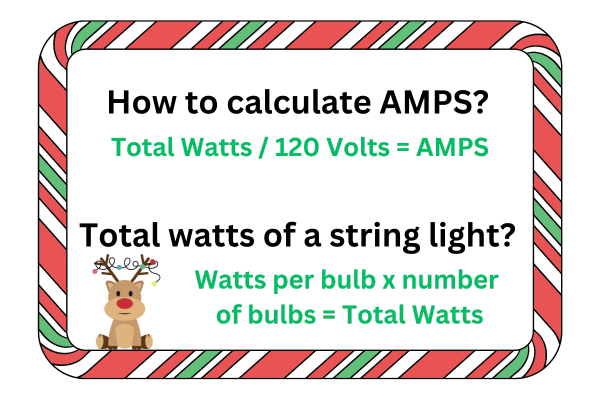
Planning and Executing Your Display
A successful installation starts with thorough planning:
1. Sketch out your design, considering the home's architecture and landscaping.
2. Test different combinations of lights and effects before final installation.
3. Install efficiently and safely, using proper equipment and techniques.
4. Fine-tune your display after dark, adjusting placement and effects as needed.
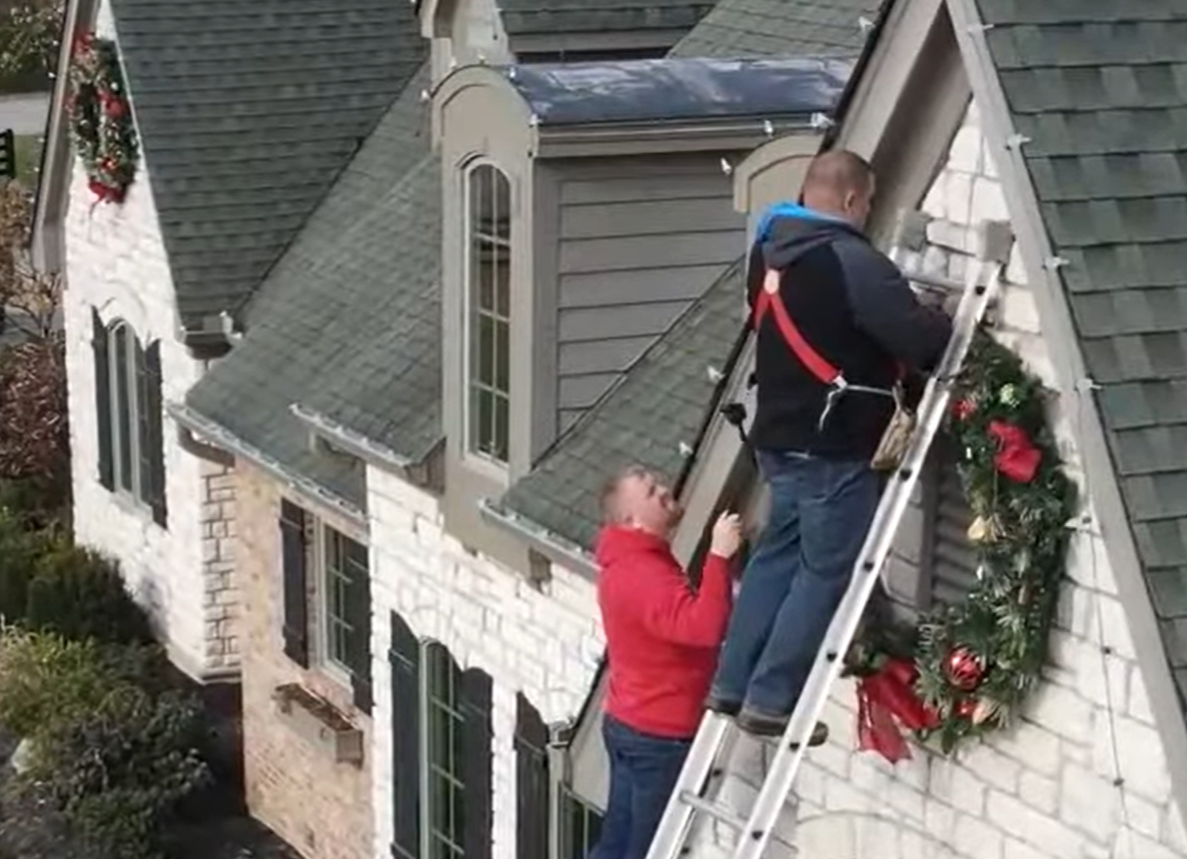
Enhancing Your Display with Complementary Elements
Take your display beyond just lights:
1. Incorporate non-lit decorations like wreaths, garlands, or figurines to add daytime appeal.
2. Use reflective ornaments or surfaces to amplify light effects.
3. Add sound and music synchronization for a truly immersive experience.
4. Consider subtle scent elements near entryways for a multi-sensory approach.
Staying Current with Lighting Trends
The world of holiday lighting is always evolving. Stay ahead of the curve by:
1. Offering eco-friendly and energy-efficient options to environmentally conscious clients.
2. Integrating smart home technology for easy control and customization.
3. Exploring new color trends and combinations each season.
4. Keeping an eye on emerging lighting technologies and incorporating them into your designs.
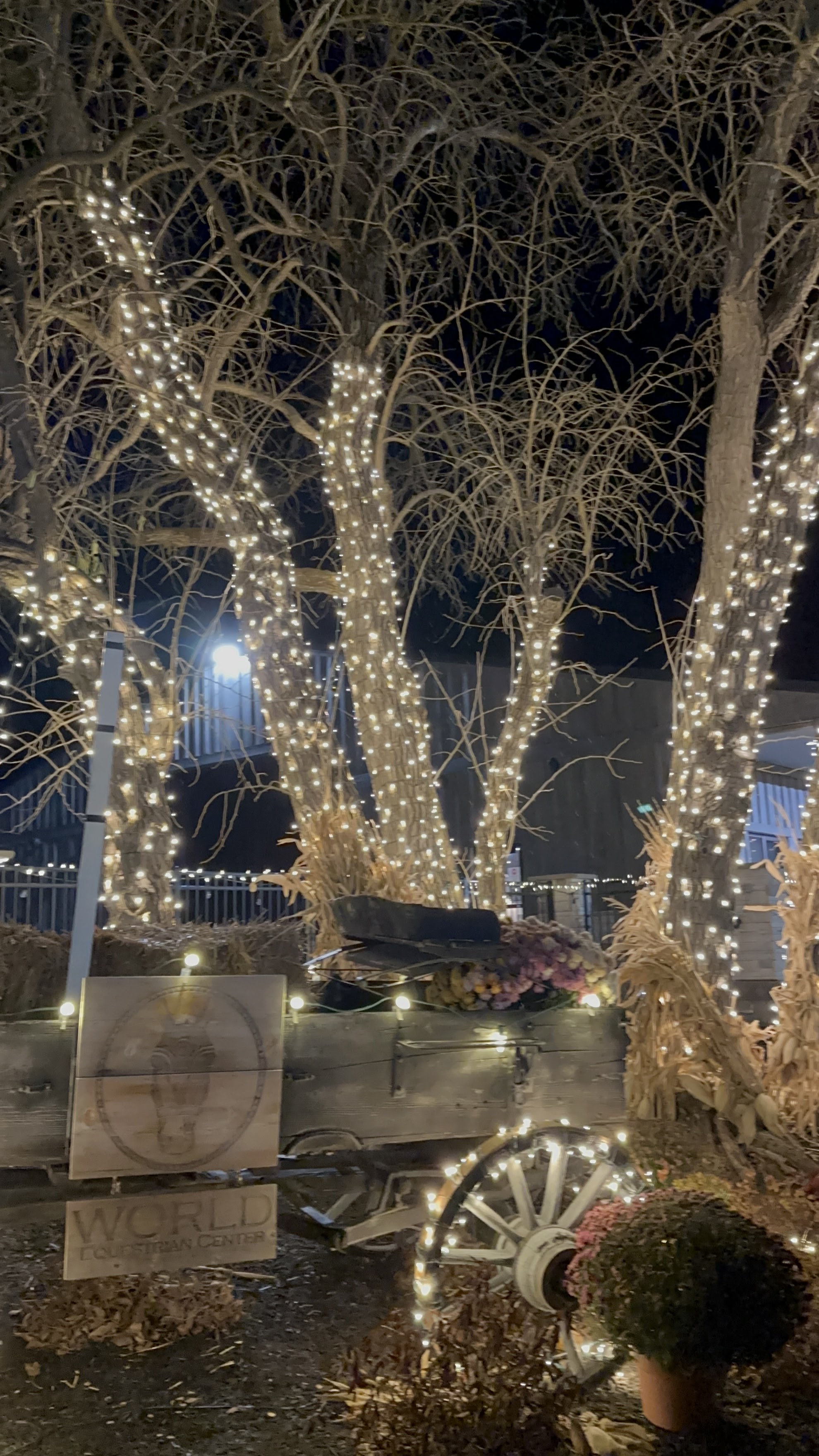
Creating a stunning holiday light display is a true art form, blending creativity, technical skill, and a deep understanding of light and color. By mastering different lighting patterns and effects, you can transform ordinary spaces into extraordinary winter wonderlands that delight and inspire.
Remember, the key to a great display lies in thoughtful design, careful execution, and attention to detail. Don't be afraid to experiment with new techniques and technologies to push the boundaries of what's possible.
At Christmaslights.io, we're committed to helping professional installers create magical holiday experiences. We hope this guide inspires you to take your installations to the next level, bringing joy and wonder to communities throughout the holiday season.
Don't forget to check out our wide range of professional-grade lighting products and installation tools at Christmaslights.io. From energy-efficient LED strings to advanced controllers, we have everything you need to bring your lighting visions to life.
Let's illuminate the world, one dazzling display at a time!

1. Q: What are the four basic lighting patterns mentioned in the post?
A: The four basic lighting patterns are linear patterns, radial patterns, clustered patterns, and random patterns.
2. Q: How can I create depth in my lighting display?
A: Create depth by using brighter, more prominent lights in the foreground and softer, subtler lighting in the background. Also, use layering techniques with different types of lights at various depths.
3. Q: What are some popular lighting effects for holiday displays?
A: Popular effects include twinkling and chasing lights, fading and color-changing effects, icicle and dripping light effects, starburst and explosion effects, and wave and ripple effects.
4. Q: How can I choose the right lights for different effects?
A: Choose lights based on the desired effect: string lights for versatility, net lights for bushes, icicle lights for cascading effects, rope lights for continuous lines, and programmable LEDs for custom effects.
5. Q: How do I create focal points in my lighting display?
A: Create focal points by highlighting architectural features, emphasizing trees and landscaping, creating light sculptures, and using brighter or more colorful lights to draw attention to specific areas.
6. Q: What should I consider when designing for different home styles?
A: Consider the architectural style of the home: use warm white lights for traditional homes, bold colors for modern designs, nature-inspired elements for rustic styles, and vibrant colors for Mediterranean or tropical homes.
7. Q: What are some technical considerations for complex displays?
A: Technical considerations include power management, electrical safety, weather-proofing, using controllers and timers effectively, and being prepared to troubleshoot common issues.
8. Q: How can I enhance my lighting display beyond just lights?
A: Enhance your display by incorporating non-lit decorations, using reflective surfaces, adding sound and music synchronization, and considering scent elements for a multi-sensory experience.
9. Q: What are some current trends in holiday lighting?
A: Current trends include eco-friendly and energy-efficient options, smart home integration, exploring new color combinations, and incorporating emerging lighting technologies.
10. Q: How should I plan and execute my lighting display?
A: Plan your display by sketching out your design, testing different combinations before installation, installing efficiently and safely, and fine-tuning your display after dark.



Copyright ©2025 All Right Reserved website designed by christmaslights.io
Terms of Service / Privacy Policy
Have questions or need assistance?
Contact us at (855)619-LITE



